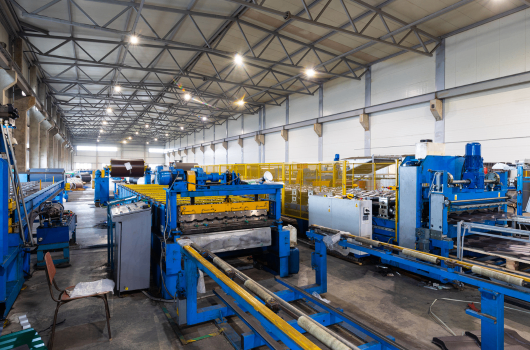Confidence in the economy fell in February
Economic commentary by Jakub Seidler, Chief Economist of the CBA

Economic confidence continued to decline in February, driven mainly by continued pessimism in industry. Confidence also fell for the second month in a row in retail trade, where the February decline was stronger, and a slight decline continued in services. In contrast, confidence in construction rose for the second month in a row. In households, confidence increased again, as in January, and reached its highest level since the end of 2021 (Chart 1). Today's figures thus look mixed, although household confidence is starting to get back to pre-war Ukraine levels, with clear signs of a decline in external demand coming from industry.
Households:
Confidence is back above where it was before the start of the war in Ukraine this February. The improvement has been fairly widespread, with households feeling less negatively about the overall economic situation and their own financial situation, both in terms of comparisons with the previous year and in terms of future developments. Although February confidence was above last year's average and its development over the last two months has been favourable, it is still below its long-term average. However, the slight easing of domestic household pessimism increases the chances of an acceleration in household consumption this year, which has so far remained noticeably subdued and, in international comparison, its real decline since the end of 2019 has been the most pronounced among EU countries.
Businesses:
The situation in January is repeated in the case of businesses, with industry again dragging down confidence the most. The difference, however, is that the decline is not driven mainly by volatile expectations for production in the coming months, as was the case in January, but by all components of confidence. Industrialists are assessing overall demand, the development of inventories and the expected development of production worse. The assessment of foreign demand has fallen quite significantly, which only underscores concerns about weaker developments abroad and Germany, which will hold back the growth of the domestic economy in the first half of this year. Confidence in the industry is thus falling noticeably below last year's average. Retail confidence has also fallen fairly broadly, both because of inventory build-up, indicating continued weaker demand, and a less favourable outlook. By contrast, the construction sector sees the situation better (Graphs 2 and 3).
Price expectations:
By contrast, price growth expectations for the coming months look relatively favourable from the February figures. Expectations have fallen slightly in industry, more markedly in services, where there is more concern among economists about more permanent inflation, and these figures ease the concerns slightly. In retail, expectations have risen slightly, but remain below the 2018-2020 average. In contrast, they remain elevated in construction (30%), double the 2018-2020 average (Chart 4).
Today's figures thus look mixed, although household confidence is starting to recover to pre-war Ukraine levels, which should gradually lead to a recovery in hitherto subdued household consumption, there are clear signals coming from industry about a decline in external demand, which is confirmed by the gradual revisions to the outlook for the German economy, which may probably only stagnate this year.